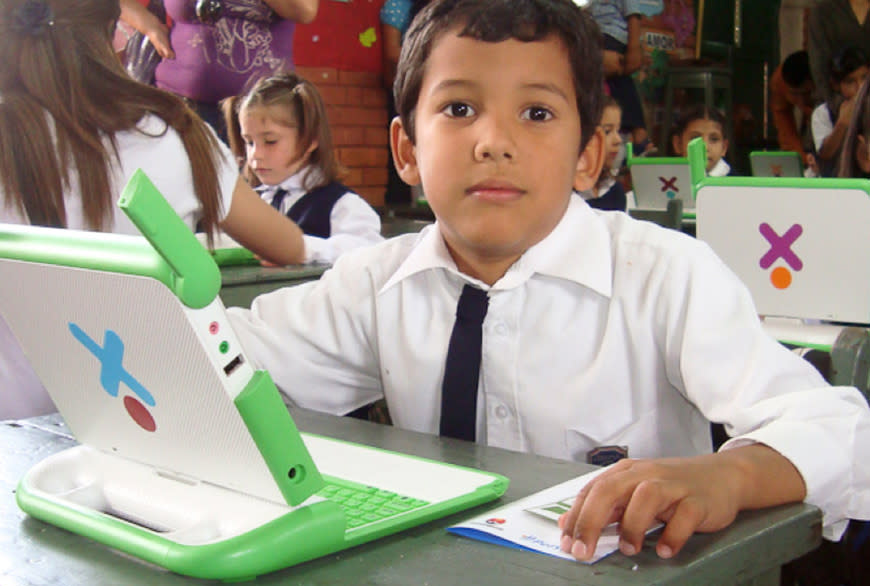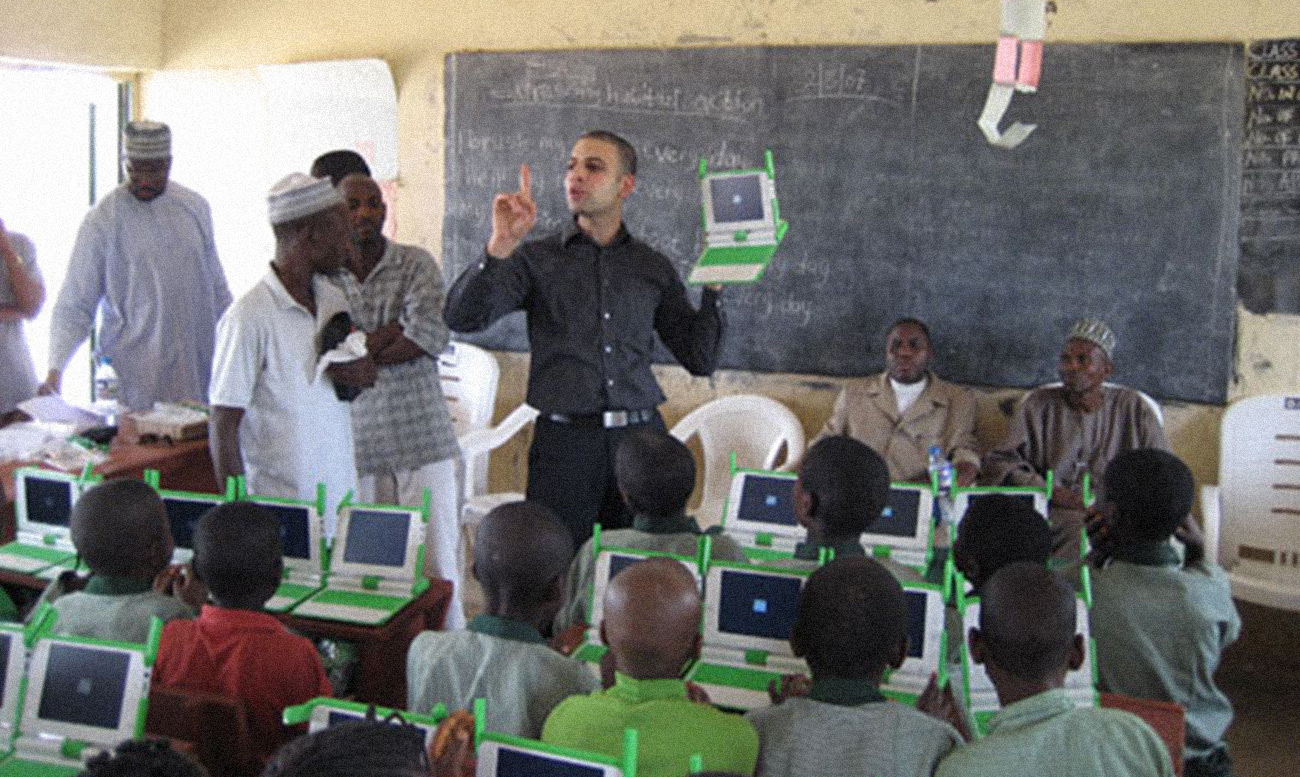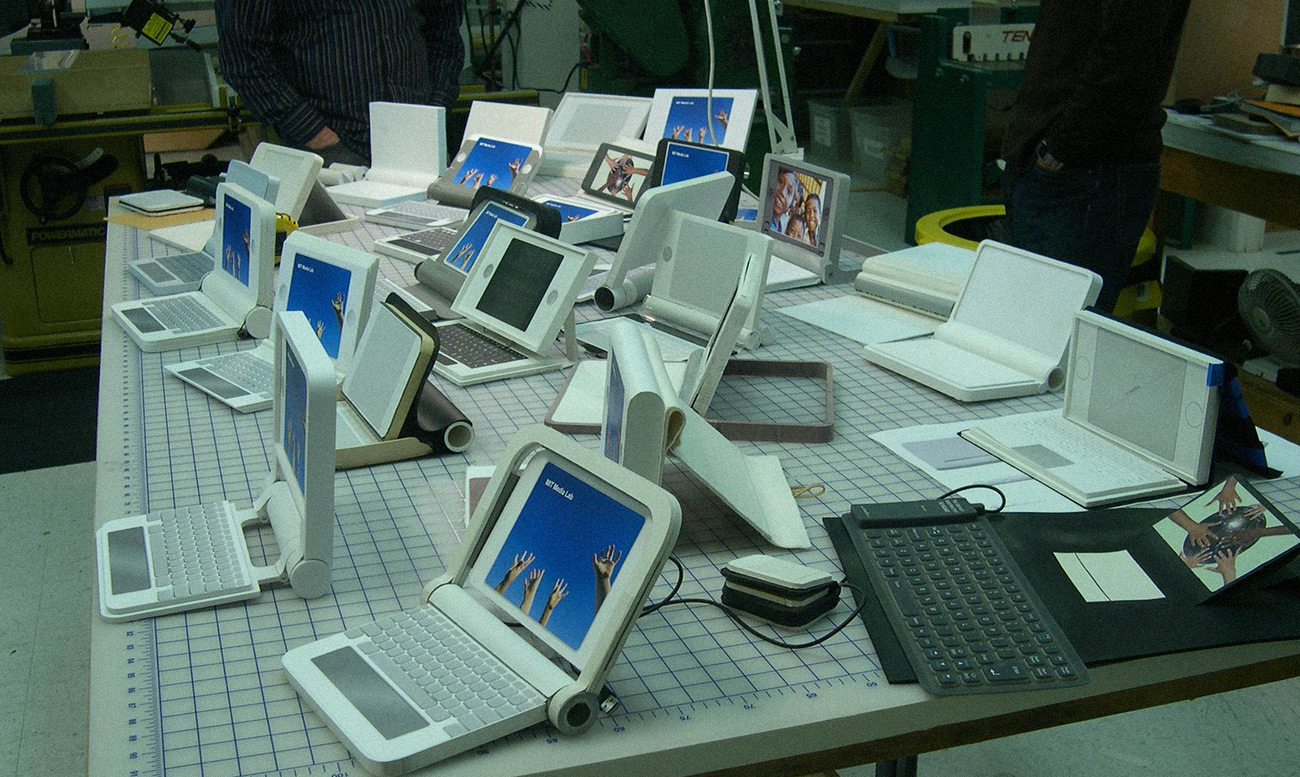Challenge
MIT Media Lab: One Laptop Per Child
PROJECT
CLIENT
SERVICES
- Platform & Product Development
- CX Strategy & Design
INDUSTRY
- Education
Millions of schoolchildren don’t have access to the educational resources that provide them with the right start in life.
The device had to be robust enough for the extreme environments in which these children live, and it could cost no more than $100 to make.
Millions of schoolchildren don’t have access to the educational resources that provide them with the right start in life. The MIT Media Lab and Nicholas Negroponte set out to address this need by expanding access to information through an affordable device that could be distributed to children throughout the world.
Tasked with designing the initial prototype for this device, Continuum faced three challenges: First, the laptop needed to address the wide range of use requirements for children in developing countries. The device also had to be robust enough for the extreme environments in which these children live, and it could cost no more than $100 to make.
Solution
Inspired by the technical and budgetary challenges of the project, and motivated by a deep compassion for the target user, Continuum collaborated with MIT Media Lab to create an award-winning prototype of the hundred-dollar laptop.
Not only is the device fun to use, but it consumes very little power. It’s also durable and waterproof, with affordable components that are easy to obtain if replacements are needed.
In 2005, the mandate set forth by the MIT Media Lab—to create a fully functioning and highly robust laptop for just $100—was a bold one. When adjusted for today’s technology and inflation rate, this equates to building an equally sophisticated device for $25.
Results
Continuum’s contribution springboarded the establishment of a non-profit organization called One Laptop per Child (OLPC). This non-profit, created and led by MIT Media Lab founder Nicholas Negroponte, develops a low-cost laptop called the “XO Laptop” to revolutionize how we educate the world's children. Since its founding, OLPC has produced XO laptops for more than 2 million children worldwide.





